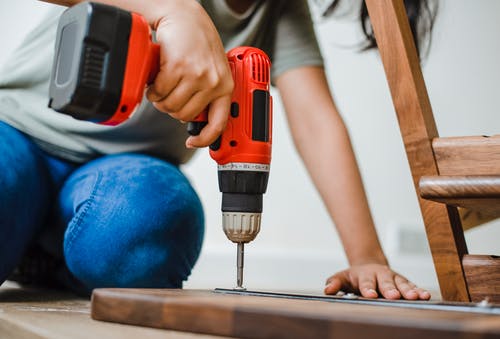
3 Ways to Prevent Mold Growth on Water Stains
January 24, 2023Water and mold go together like peas and carrots, yet this unpleasant duo is responsible for various structural damages. Therefore, let’s discuss how to identify them apart and safeguard your house’s air quality.
How to Stop Water Stains from Growing Mold
Remember that the best way to prevent a water stain from turning into a mold concern is to take instant action that dries the area and stops any leakages. For peace of mind, you should use a local mold examination as soon as possible, but you must also do your check to deal with water damage. The following are the significant steps on how to prevent mold damage to your property.
Determine the source.
Locate the leak causing the flooding in your home or the other possible water sources. Considering that water is a conductor of electricity and flood waters may contain bacteria, preventing contact with them is essential. Thus, if you find a burst pipe, turn off the main water supply and contact a plumber instantly in an excellent disaster restoration near you.
Stop the leakage.
Indoor air quality can be enhanced by removing mold caused by water damage that went undiscovered for a while. With a bleach-based mold cleanser, protective equipment, and sufficient ventilation, most homeowners may effectively eliminate tiny amounts of mold. Nevertheless, do not delay contacting a mold removal expert in your area if you find a severe mold infestation hazardous to your health.
To prevent such an outcome, you must act quickly upon finding a new leakage in your home to stop the spread of mold. To prevent further water damage, try these methods:
- If at all feasible, seal off the leaking location.
- Dehumidify the space and turn on all the fans you can.
- Split the windows open slightly
- If the leak is terrible, put a bucket under it.
- Mop up the puddles of water.
- Take out everything that could get wet in the paint.
- Look for the services of an expert for mould cleaning and sanitation.
Eliminate potential water damage.
What triggered the water damage in the first place will determine how you avoid it in the future. Sometimes all it takes to repair a leaking ceiling is to decrease the humidity in your restroom, but if the leakage is severe, you may require to have your roof looked at. You can probably just paint over a light water stain if the damage is minor, then ensure that the water source was fixed by a water damage repair and the area was dried and cleaned before mold could grow.
Water damage to porous materials like drywall, furnishings, carpet, and wood may be so severe that it needs disposal. If you are still determining the leaks and their origins, have a local drywall repair expert examine the space above the ceiling and treat any concerns they discover.
Conclusion
The above procedures are excellent suggestions for protecting your comfy house from mold and water damage. Whether the problem is mold or water, you’ll likely want to repair it and eliminate the filthy, moldy look inside. It is constantly essential to guarantee a safe and clean environment. Therefore, as the old adage says, prevention is always better than cure.




